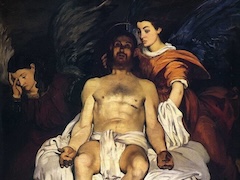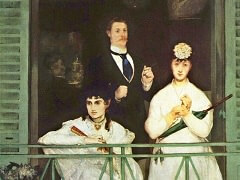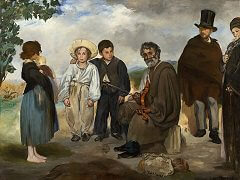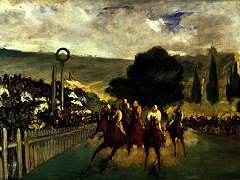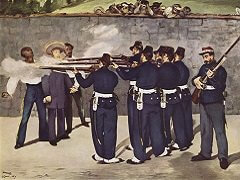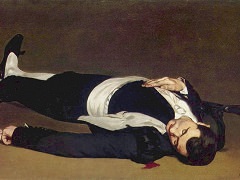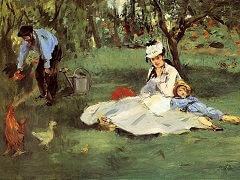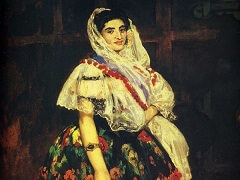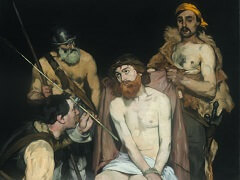Rag Picker, 1869 by Édouard Manet

Inspired by the old masters, particularly 17th-century Spanish painter Diego Velézquez, Manet created Rag Picker in 1869.
With nearly life-sized figures placed against an ambiguous backdrop, the work has an austere, theatrical appearance. The influence of Velézquez can also be recognized in the relatively somber palette and vibrant brushwork. Even the humble subject matter is rooted in the traditions of 17th-century art, which Manet adapted to create direct and unsentimental images of people on the margins of society.
Creating a quite large portrait of a beggar man - someone who had 'no worth' to society - Manet was questioning the traditions and rules of the art world. Yet at the same time, the Rag Picker is a symbol of freedom; of the characters who lived on their own terms, unrestricted by the rules of society


